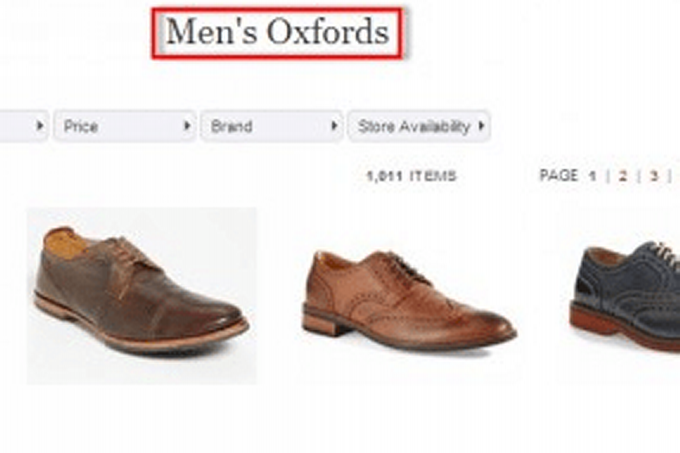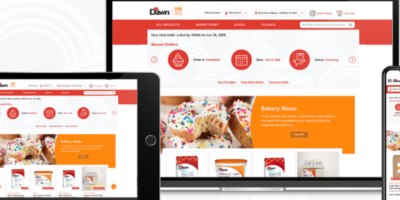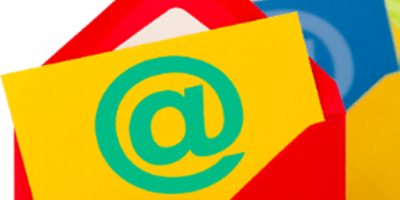
Google discontinued its PageRank browser software in 2016. Since then search engine optimizers have sought another measure of a web site’s authority.
That’s as a result of hyperlinks stay a key rating issue, particularly hyperlinks from reliable websites. SEOs want a metric to know if a web site is well worth the link-solicitation effort.
Thus we now have a mishmash of trade calculations to evaluate a web site’s belief and recognition.
Area Authority
Moz was among the many first platforms with its personal net index, which facilitated in 2019 two proprietary PageRank toolbar replacements: Web page Authority and Area Authority. Each are a 100-point scale — the upper the rating, the extra authoritative.
Even now, Moz doesn’t a lot clarify the way it calculates these metrics. It supplied a obscure rationalization at launch: “It’s based mostly off information from the Mozscape net index and consists of hyperlink counts, MozRank and MozTrust scores, and dozens of different elements.”
Majestic, one other website positioning platform, additionally developed an early-day PageRank substitute. It’s referred to as “Quotation Movement.” It measures the “energy” the web site or hyperlink carries on, additionally, a 100-point scale.
Ahrefs’ metric is named Area Score. It gauges “the energy of a goal web site’s whole backlink profile (when it comes to its dimension and high quality).”
Semrush Rank, addressed under, is predicated on natural rankings.
Dependable Metric?
Area authority has nothing to do with Google. That alone makes it an unreliable metric for optimizing natural search rankings. Google’s equal is probably going solely completely different with its personal components, spam alerts, web page historical past, and extra. We will solely guess how Google determines a web page’s authority.
Furthermore, Google by no means used a domain-level metric in its rating algorithm — solely page-level metrics. Area authority — the buildup of all hyperlinks pointing to that area — by no means ensures excessive rankings, per Google.
Options
There is no such thing as a single option to measure a web page’s authority. Nonetheless, we will cite alerts that infer the authority of a web page.
- Visitors sources. Does the location obtain clicks? From the place? The perfect sort of hyperlink is one which generates guests. SimilarWeb and Alexa estimate a web site’s visitors and sources, as do different instruments.
- Natural search rankings and visitors. A web page (or a web site) that ranks nicely and garners natural visitors probably has a backlink profile (amongst different elements) most well-liked by Google. Semrush Rank is worth it in my expertise as, once more, it’s based mostly on a web site’s natural rankings. Ahrefs’ “Visitors Worth” estimates the value of a site’s natural visitors if it got here from pay-per-click adverts. Ahrefs additionally estimates the natural visitors of every web page, which is useful.
- Handbook overview. Lastly, a fast have a look at a web page or a web site can virtually all the time point out whether or not it’s reliable and due to this fact price pursuing for backlinks. Are the authors actual people? Can you discover the authors elsewhere, corresponding to on LinkedIn or different websites? Is there a clear and informative “About Us” web page?
Cease
Cease now should you’ve been utilizing area authority to guage potential backlinks (or disavows). Area authority isn’t a dependable illustration of a web site’s trustworthiness or rating potential. There are higher methods to evaluate — corresponding to a handbook overview.




















